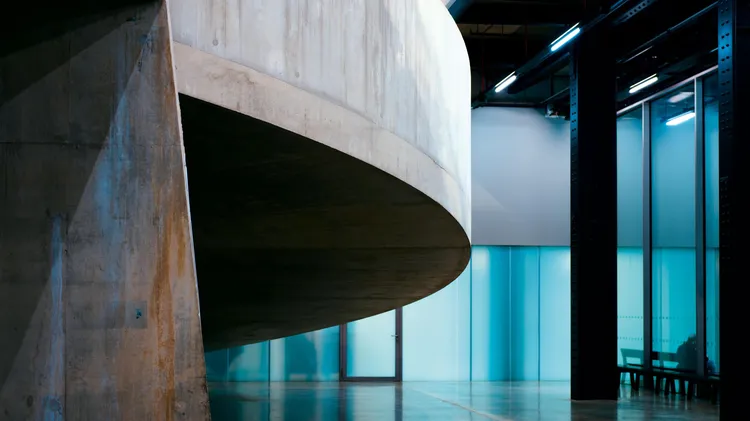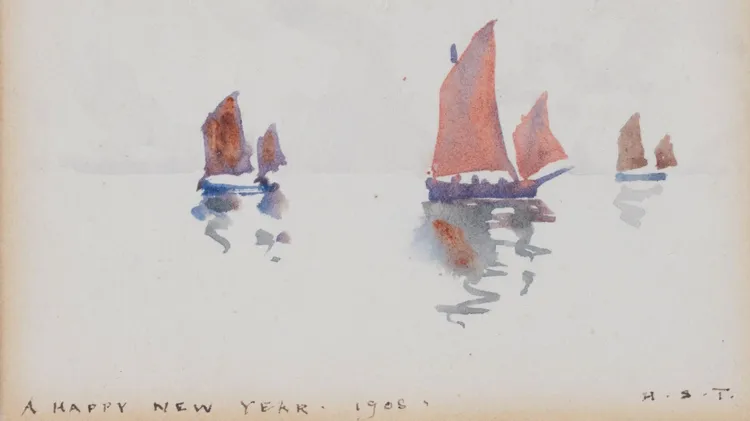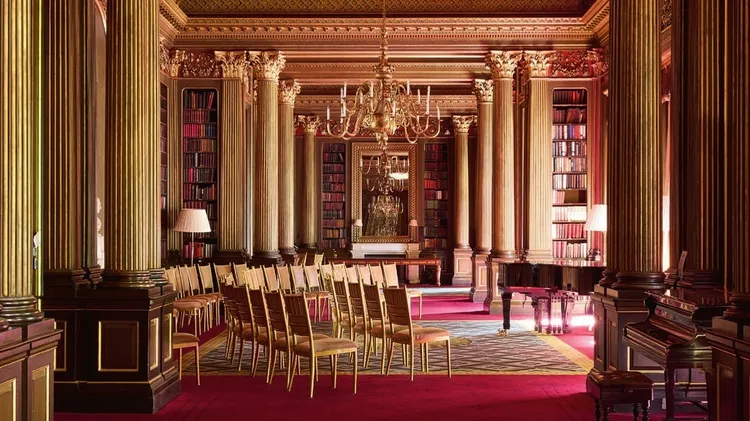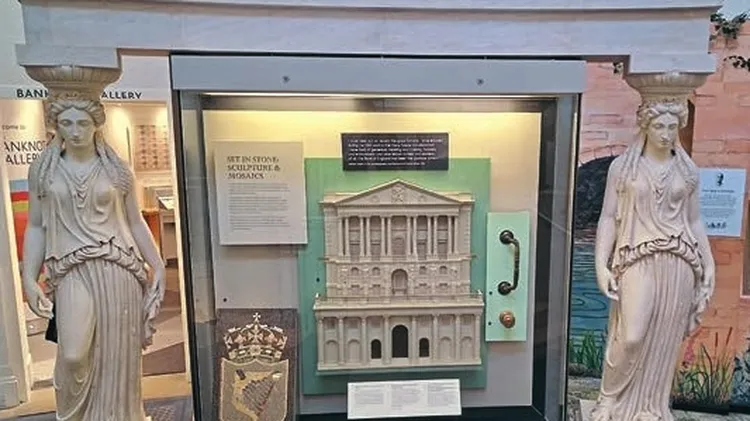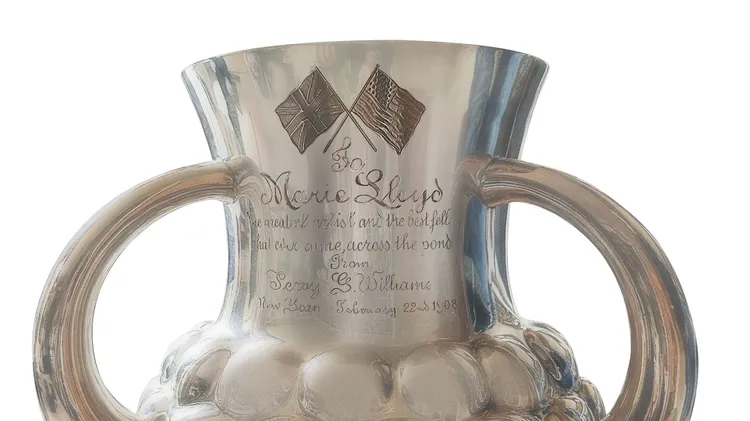Two hundred years ago the National Gallery opened for the first time. Roderick Conway
Art
6 min read
This article is from...
Read this article and 8000+ more magazines and newspapers on Readly

